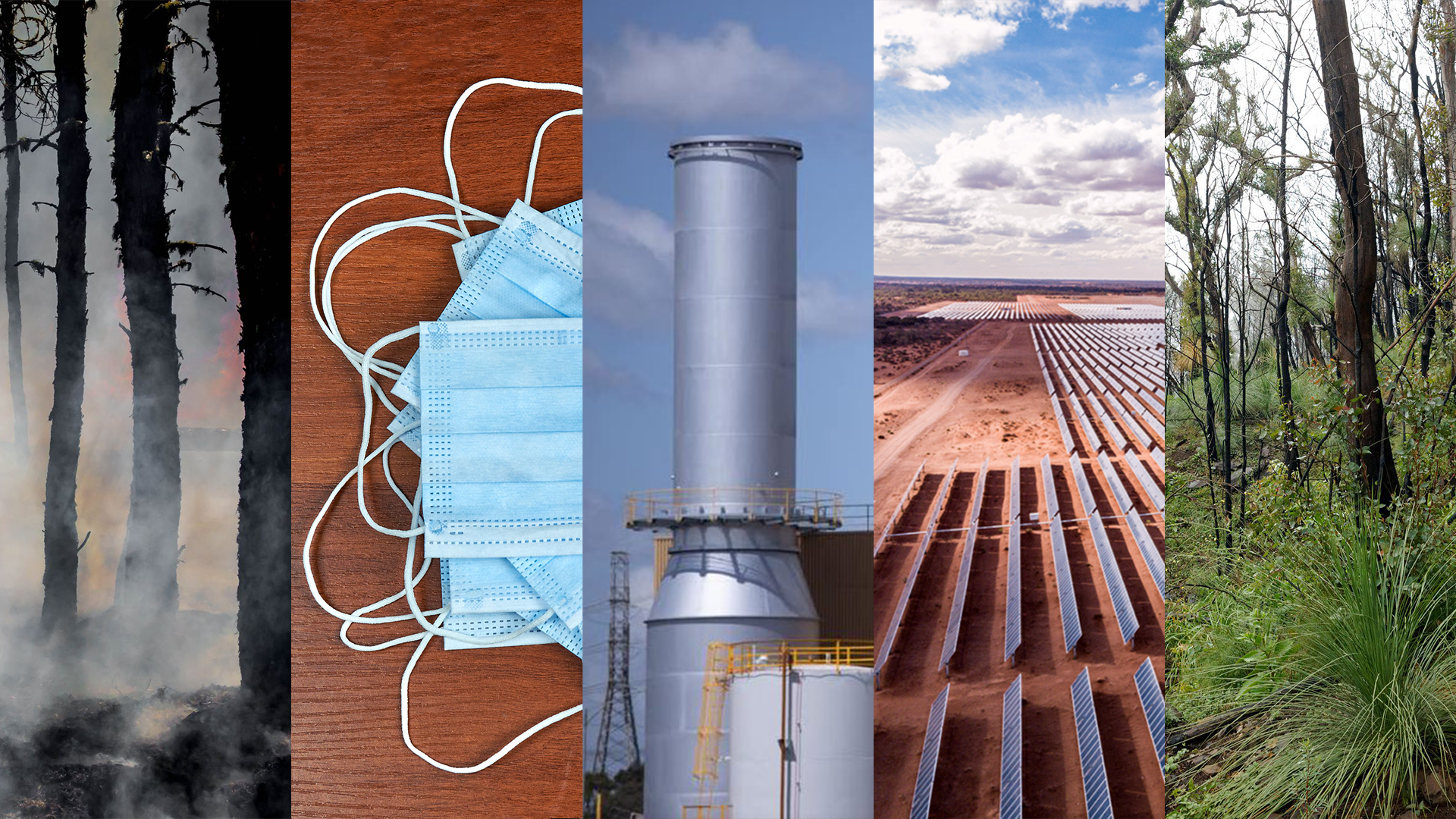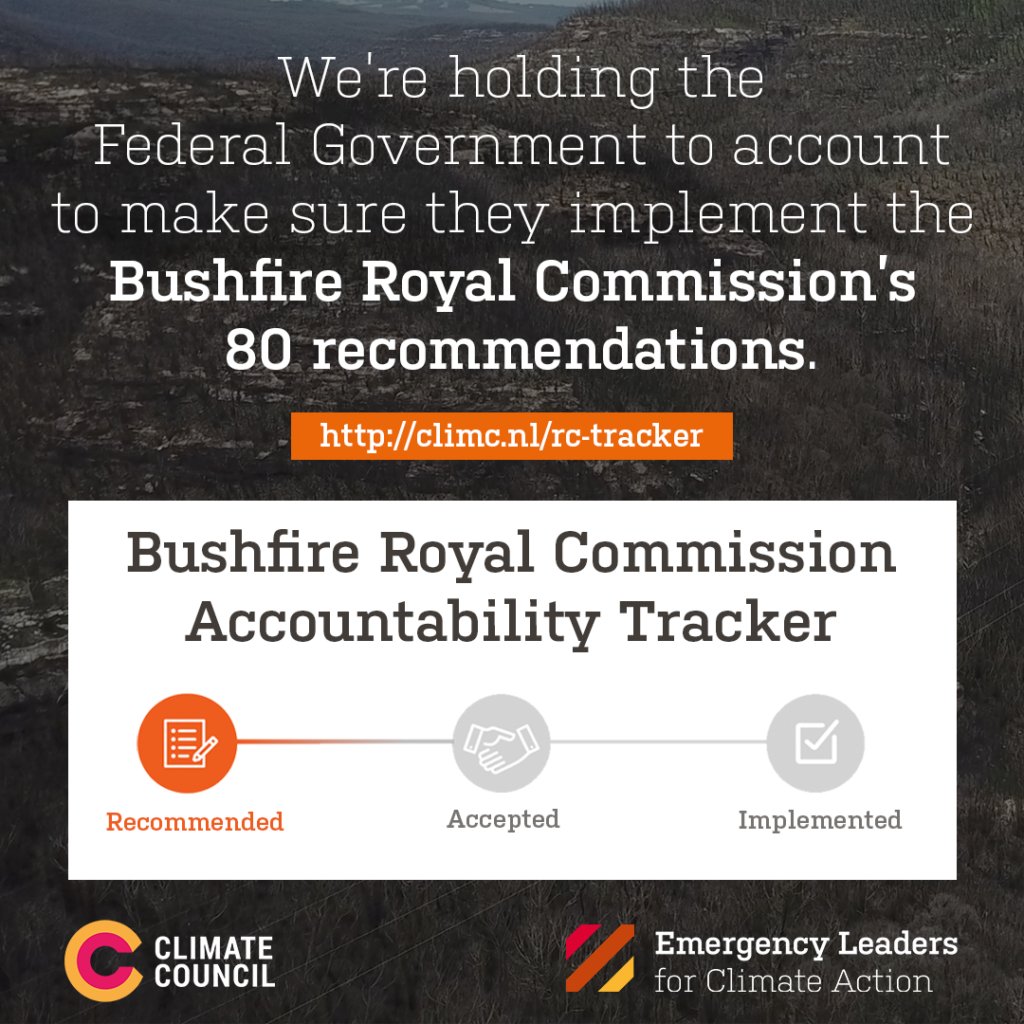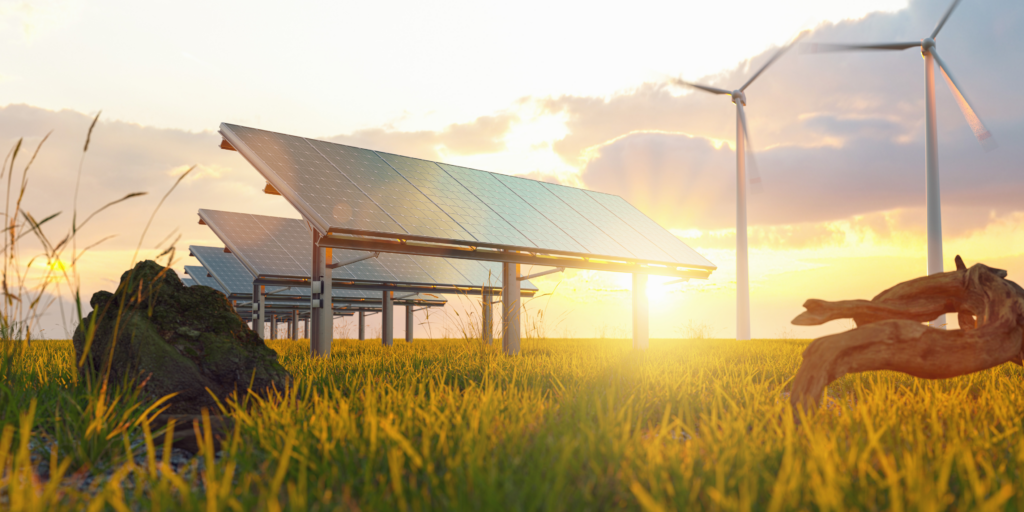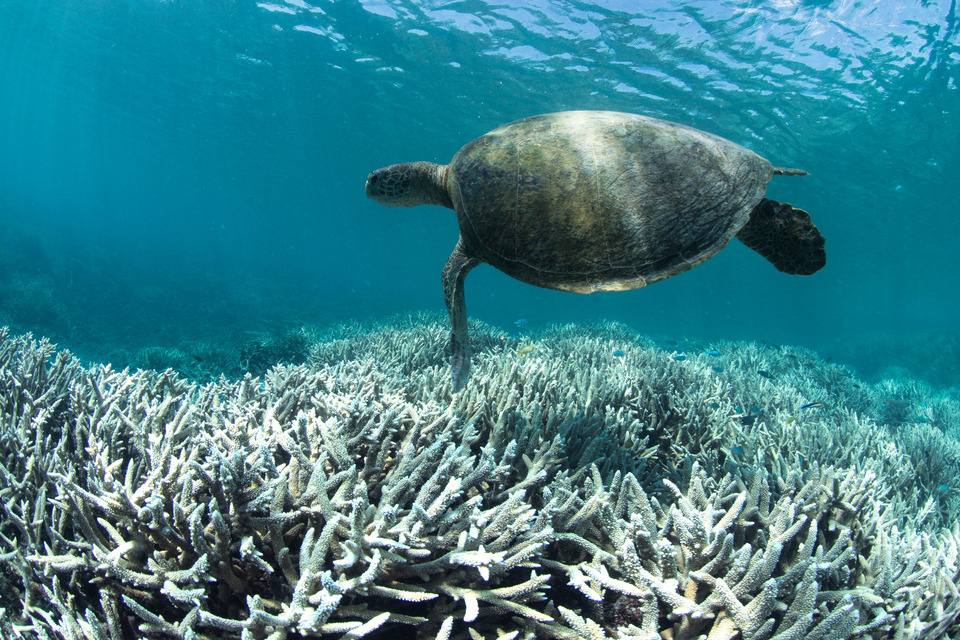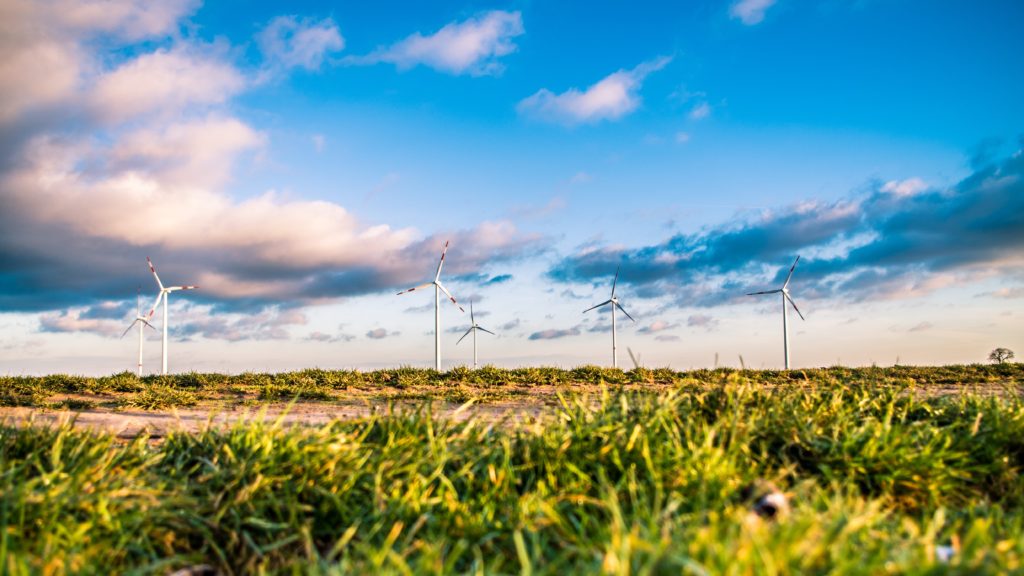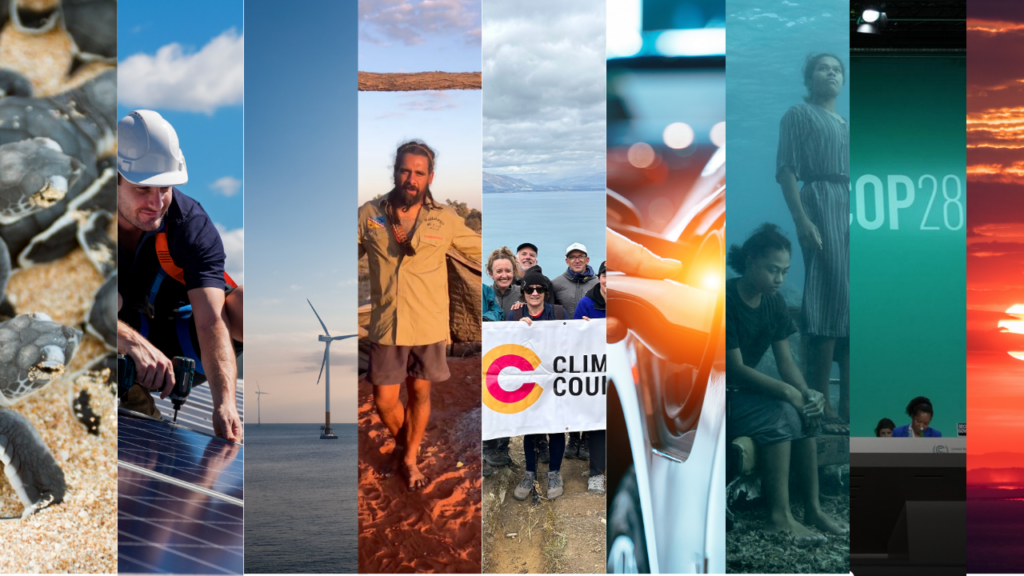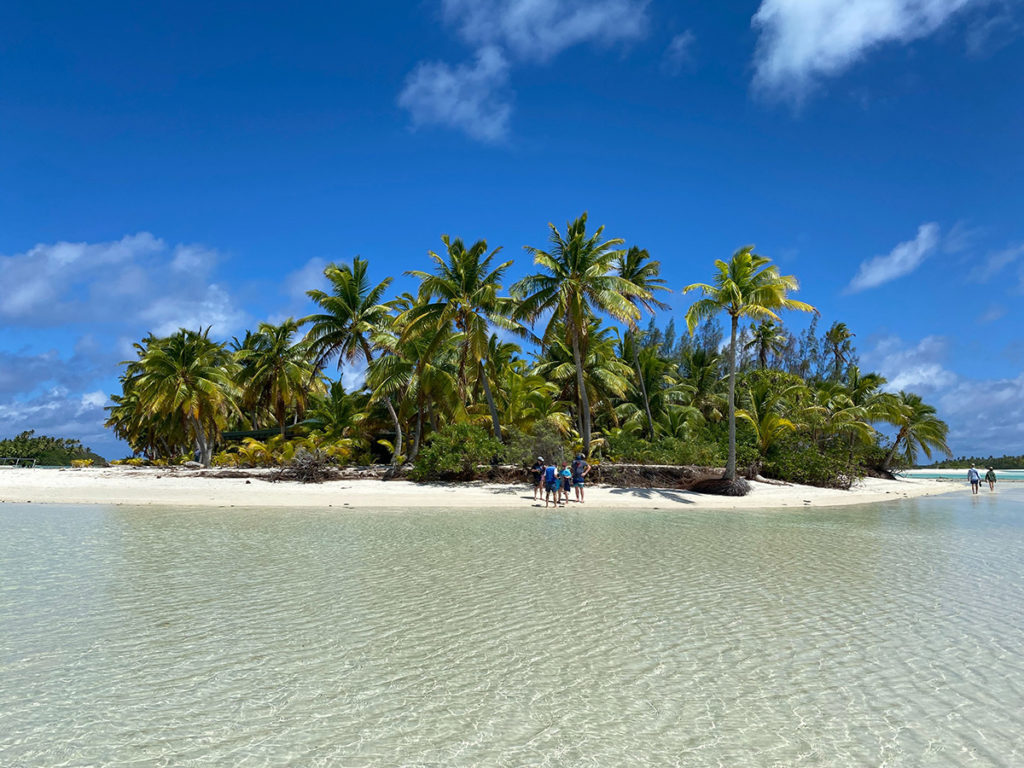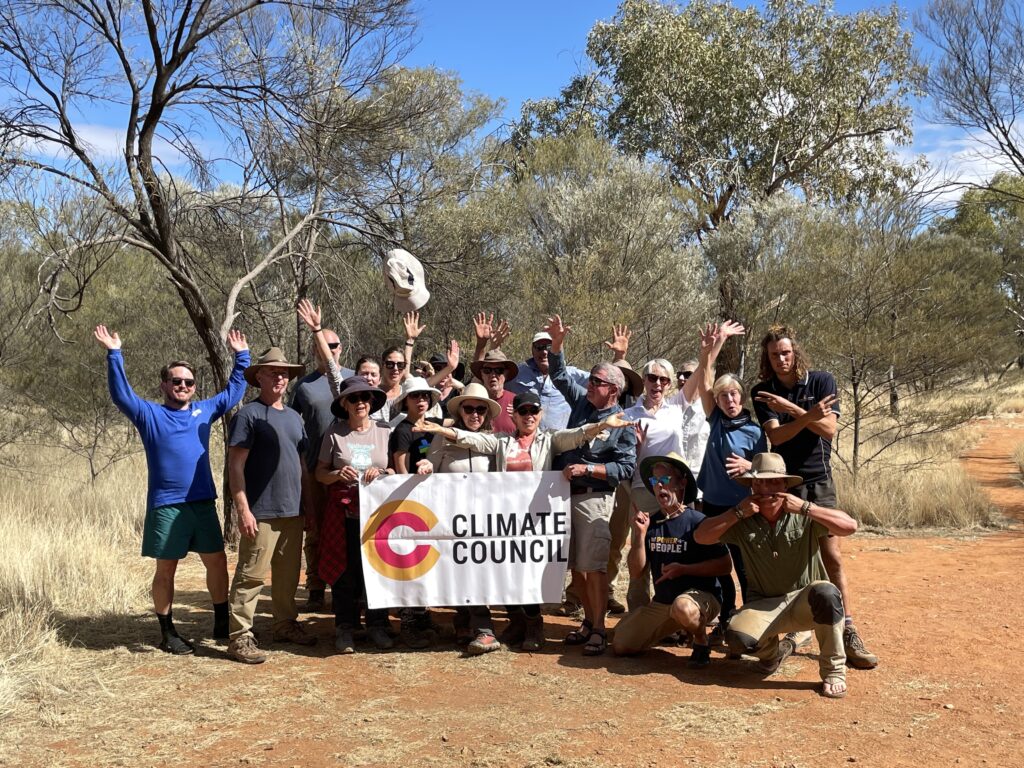2020 was a big year, squishing what feels like a decade’s-worth of events—like horrific bushfires and a global pandemic—into a single year that we’re all happy to have behind us. Now we can start looking to the future, to 2021, but if we have learned anything from 2020, it’s that we must remain prepared for anything.
In some ways, 2020 feels too big to sum up, but we’ve given it a go.
1. Black Summer Bushfires
“Australia has just experienced a summer of record-breaking heat, prolonged heatwaves, and devastating fires and floods – there should be no doubt in anyone’s mind: climate change is dangerous and it is affecting all of us now,” – Emergency Leaders for Climate Action (ELCA), April 10th 2019
ELCA delivered the above message prior to the Black Summer bushfires, directly imploring the Federal government to bolster its stance on climate action. The message, however, fell on deaf ears and as the year wore on the fires worsened. The Climate Council and ELCA worked hard to make sure the public understood the links between climate change and bushfires.
Come the New Year, bushfires were still burning across the country. Due to the smoke, Sydney had some of the highest levels of air pollution in the world; around the country the pollution took its toll on Australians’ health.
A Royal Commission was formed to develop a report on the 2019-2020 bushfire disaster and the results were clear: climate change fuelled the Black Summer bushfire season and the consequences of inaction are severe.
ELCA developed an accountability tracker to hold the Federal government to account on some of the report’s recommendations including: engaging with Traditional Owners around land and fire management, developing aerial firefighting capacity, and disaster education for individuals and communities.
2. COVID-19 and a cyber connection
Following the bushfires, the world was rocked by COVID-19, a global pandemic that saw communities across the globe forced into lockdown. It wasn’t long, though, before the isolation was bridged by Zoom and we were back together and pushing for climate action online. We launched our very own Climate Council Book Club – the latest session of which you can catch here, which features a discussion with Nathan Grossman, director of the Greta Thunberg documentary, ‘I Am Greta‘.
COVID-19 fundamentally reshaped the world that we knew, and after last summer’s climate change-fuelled bushfires, many communities are still doing it tough. Australia needed a plan to create jobs now while also solving long-term problems like climate change, which is why the Climate Council developed the Clean Jobs Plan. The Plan identifies 12 major policy opportunities to immediately kick-start economic growth in Australia. Collectively, these opportunities represent 76,000 jobs.
The Climate Council produced two other reports demonstrating that, with the right plan and the right policies, Australia could be a leader in clean industries.
- ‘Primed for Action: A Resilient Recovery for Australia’ provides an outline for a post-COVID economic recovery, one in which new, clean jobs and industries are created helping to reduce emissions.
- ‘Leaders and Legends: Thousands of Clean Jobs for Queenslanders‘ paints a picture of a state taking full advantage of its bountiful renewable energy sources: boundless sunshine and wind potential, coupled with ample space for ‘Renewable Energy Zones‘. These are areas that boast renewables potential wherein power sources (pumped hydro, solar farm etc.) could be developed.
3. Passing Gas: a gas-led recovery
Gas is a fossil fuel, which means it’s driving climate change. It’s dangerous and polluting, and Australia just doesn’t need any new gas. But this year, the Federal Government insisted on digging up our past to spite our future, and pressed on with its plan for a gas-fired recovery from the COVID-19 economic downturn.
The Federal government made yet another commitment to gas via its approval of the Narrabri Gas Project, a project that “will have devastating impacts on local biodiversity and water resources, and will accelerate dangerous climate change,” said Professor Lesley Hughes, Climate Council expert.
Following the Government’s ‘gas-fired recovery’ and overall commitment to the industry, the Climate Council, produced a report, ‘Passing Gas: Why Renewables are the Future‘. The report highlighted five key findings:
- Australia’s in the grip of a climate crisis. Extracting and burning more gas escalates risk and puts more Australians in harm’s way.
- Gas causes climate harm and its emissions are under-reported in Australia.
- The international gas market is in crisis, and Australia is dangerously exposed to job losses and power price volatility.
- The second biggest user of gas in Australia is the gas industry itself, and that is costing all Australians.
- We do not need new gas when renewables are cheaper and cleaner.
4. States and territories lead the way
This year, when it came to renewable energy, the Federal Government buried its head in the sand, but states and territory governments were pulling their fingers out.
South Australia experienced a boon in renewable energy infrastructure, with 77% of power coming from rooftop solar panels. At one point in October the state was wholly powered by the sun (appropriately on a Sunday), a feat that was first in the world for ‘a major jurisdiction’.
The ACT secured two big batteries, a low price on wind power, and made a pledge (pending an election win) to build a 200 MW battery and contribute to the largest battery system in the world.
NSW announced its ‘renewable energy plan’ and it was one of the most ambitious the country has seen! The plan aims to lower power prices, reduce greenhouse gas pollution, and create jobs to promote the local economy – particularly in regional NSW.
“We have seen amazing leadership from the premiers in tackling COVID-19 and we are seeing that same leadership when it comes to climate change. All states and territories have a target for net zero emissions. It really is time for the Federal Government to get on board,” – Greg Mullins, Climate Council expert and former NSW Fire and Rescue Commissioner
5. International action
Though the year has been challenging, there were plenty of shining and influential climate action moments on the global stage. Many countries came together on climate action, announcing commitments to reduce emissions and work towards a clean energy future —many countries, that is, except Australia.
Australia’s invitation to the Climate Ambition Summit may have been revoked, but in our country’s place many ‘big players’ are set to make immense change:
- China, South Korea, and Japan—three of the largest importers of Australia’s fossil fuels—announced mid-century net zero emissions targets (2060 for China).
- Under Joe Biden, the US has pledged to re-sign the Paris Agreement.
- And on top of its already inspiring goals (like powering all UK homes with wind by 2030), the UK announced its target to reduce emissions by two-thirds in the next 10 years.
- You can read about many more international commitments here.
So, that’s a wrap on 2020! The year began with fires and ended in rain, as we head into a wet and wild La Niña season. For climate action, the wheels of change are in motion, with many countries making increasingly ambitious commitments. And we’ve learned that in the absence of leadership, others will take charge. Thinking of the climate over the New Year? Check out our 5 climate resolutions here.
Becoming a member powers our important work, so we can keep doing what we do best.

